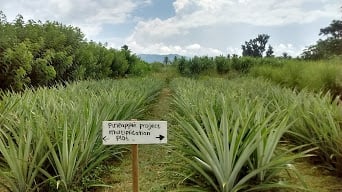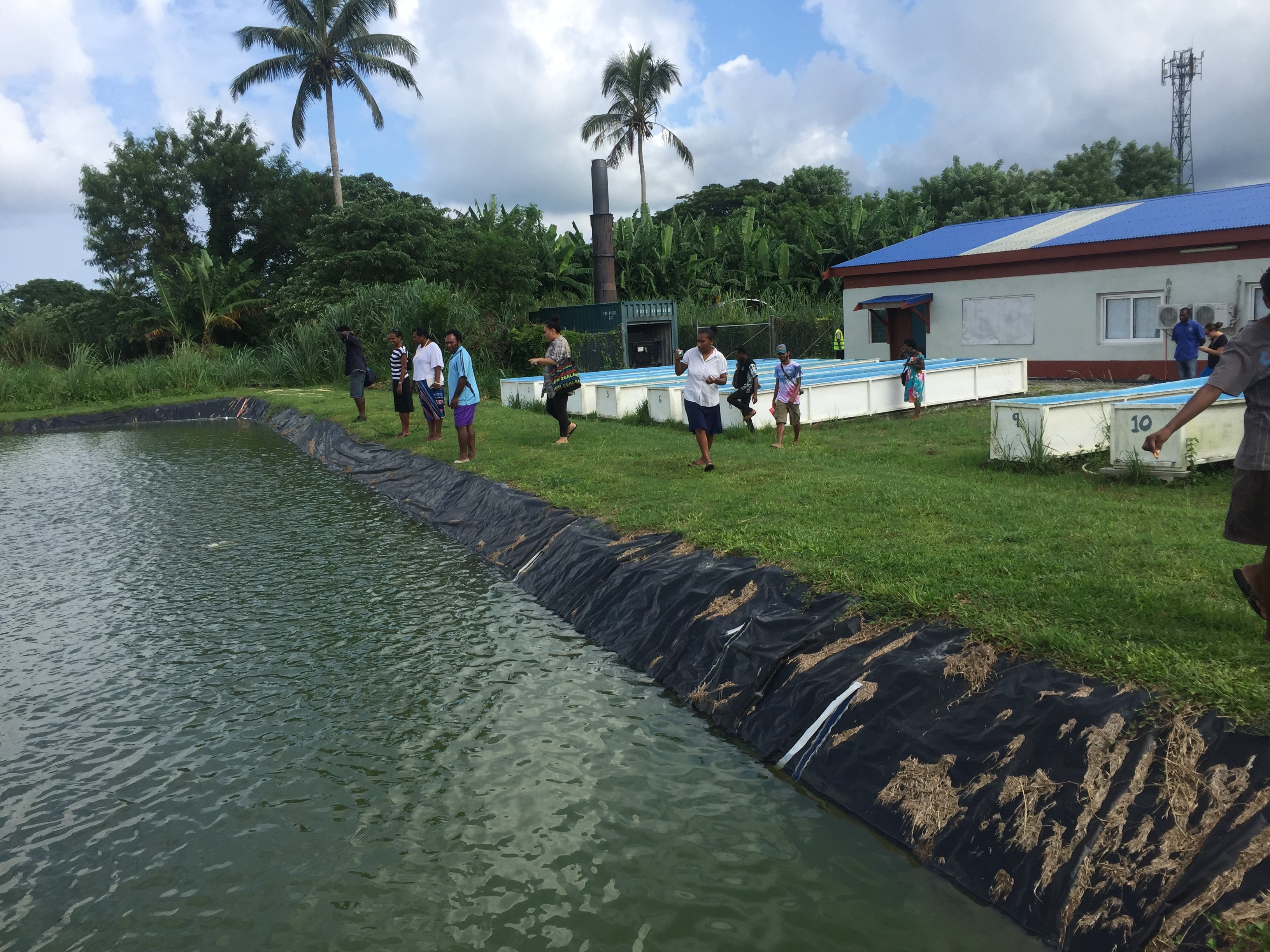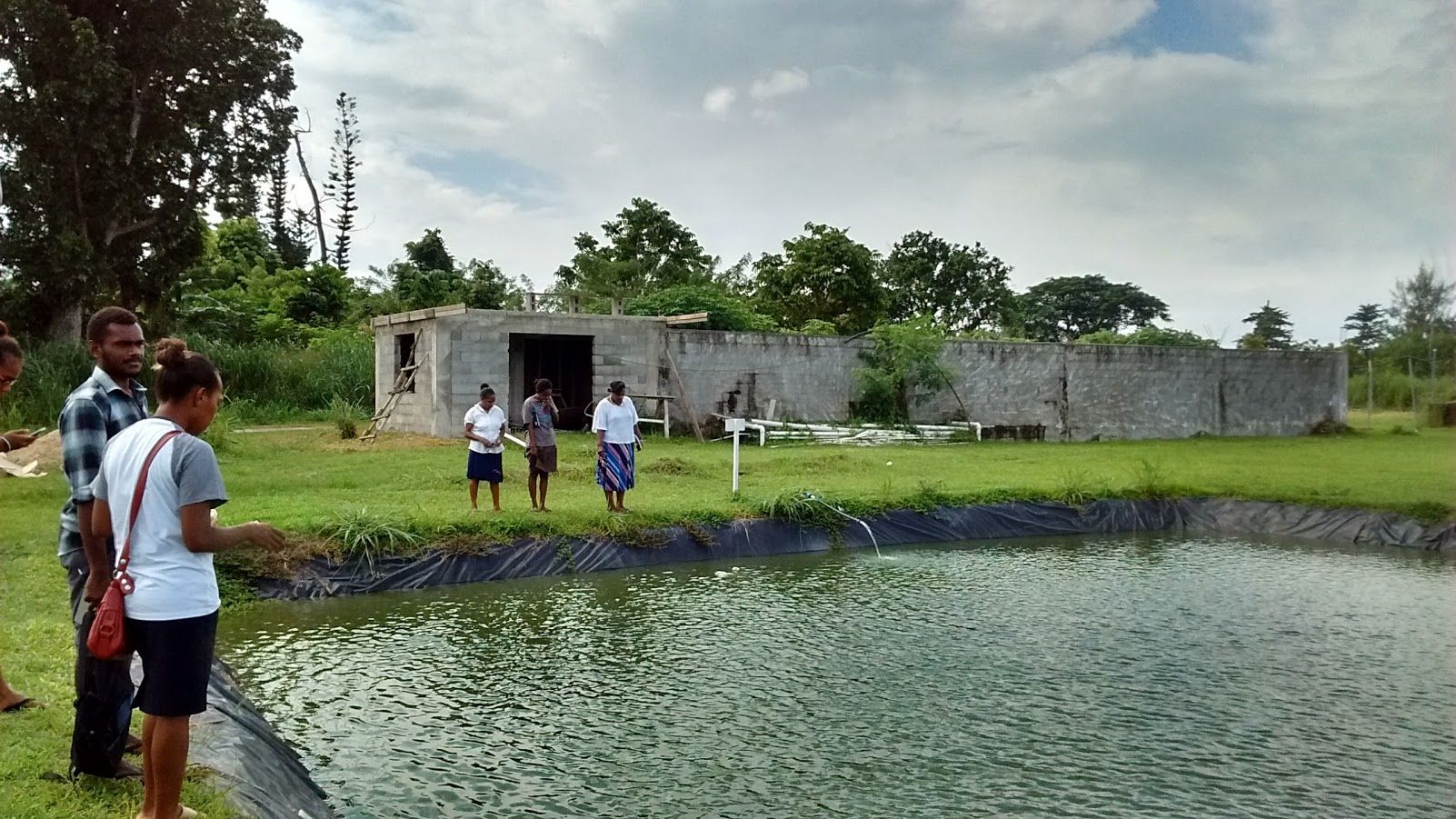Adaptation is the only option for Vanuatu to tackle climate change impacts on its agriculture and fisheries sectors.
Andrew Williams, an Aquaculture Officer in Port Vila, told journalists on a field trip this week to the Tilapia Fish and Prawns Breeding Site at the Vanuatu Agriculture Department, that “we can only adapt, because we cannot stop climate change.”
Mr Williams said, “the main reason for the culture of Tilapia and prawns is mainly for food security purposes. And when we have a surplus we can add it in as an income generating activity.”
“One reason why we started this program is because nowadays climate change is becoming an issue to us, especially in the coastal communities around Vanuatu,” he said. “Many people are dependent on coastal resources. However as the impact of climate change increased, there will be a shortage of marine resources to sustain the coastal communities. That is why we introduced the inland farming of freshwater filapia and prawns to supplement on the decrease of marine resources.
“Based on our research, we found out that tilapia fish can thrive in our Vanuatu climate. Whether it is hot or is cold, tilapia can survive that. Tilapia survived cyclone Pam. With prawns, they can survive so long as you have a good running water system.”
In addition, Pakoa Leo, Vanuatu Cultivation Adaptation Project (VCAP) Upland Technical Coordinator, said with climate change becoming a major issue in the growth of fruit trees and crops, one of the adaptation techniques they are using to help farmers adapt with their fruit trees and crops is through the grafting process of fruit trees or root stocking.
Mr Leo explained that root stocking is when you take a seed from a local variety plant which is resistant to pest and diseases; you sow the seed, once they are mature enough, and you graft them to related desirable varieties.
He said “one of the reasons we graft the plants is to ensure that in the long run, a grafted plant will take two to three years to be harvested whilst is resistant to pest and diseases through the root stock system used.”
“With climate change impacting on the growth of plants, if we use a normal variety in the grafting process, it will take more than five to six years bear fruit,” but grafted an importing variety can allow fruit to emerge much more quickly. He said grafting can be applied to all fruit trees and crops.




